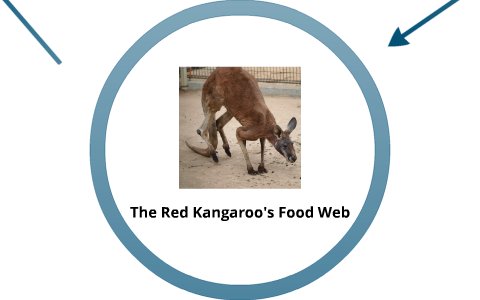
You might be wondering how these kangaroos manage to survive in the often harsh Australian outback. It’s all about their diet and how they find food, which is crucial in a place where resources can be scarce. Imagine living in a land where water is limited and food sources vary dramatically. The red kangaroo has adapted beautifully to this challenge, mastering the art of foraging and using the landscape to its advantage.
Understanding the Red Kangaroo’s Habitat
The red kangaroo thrives in a variety of habitats, mostly across the arid and semi-arid regions of Australia. Think of vast open spaces with sparse vegetation, where they can easily spot predators and forage for food. They are most commonly found in:
- Grasslands
- Scrublands
- Arid desert areas
- Woodlands
Their strong legs help them travel long distances in search of food and water, especially since these resources can be limited. They have a remarkable ability to cover large areas with minimal effort, which is super important when you’re relying on sporadic patches of grass or shrubs to fill your stomach.
The Red Kangaroo’s Diet: What Do They Eat?
The red kangaroo is primarily herbivorous, which means that it mainly eats plants. They’ve got a diet that consists of:
- Grasses
- Leaves
- Herbs
- Fruits
You might be surprised to learn that red kangaroos are pretty selective eaters. They prefer lush grasses when available but can adapt to tougher plants, especially when times are tough. This adaptability is crucial in their environment, where the availability of food can change drastically based on the season and weather conditions.
One fascinating aspect of their diet is their ability to consume dry grasses. Unlike many animals that would struggle with such tough fare, red kangaroos have a unique digestive process. They have a large cecum and colon that allows them to ferment their food, breaking down fibrous materials effectively. This not only helps them get the nutrients they need but also allows them to thrive in less-than-ideal conditions.
Water Sources: Unique Adaptations of the Red Kangaroo
Water is essential for survival, especially in arid environments. Red kangaroos have developed amazing adaptations to cope with the challenges of finding water. Interestingly, they can survive on very little water. Here’s how:
1. Diet with High Moisture Content: Many of the plants they eat, particularly green grasses, contain moisture, which helps them stay hydrated.
2. Efficient Kidneys: Their kidneys are highly efficient, allowing them to conserve water effectively.
3. Behavioral Adaptations: They are crepuscular, meaning they are most active during the cooler hours of dawn and dusk, minimizing exposure to the heat of the day, which helps reduce water loss.
If you’re ever lucky enough to see one lounging in the shade during the middle of the day, know that it’s making smart choices for its survival!
Hunting Strategies: Foraging for Food
While red kangaroos aren’t hunters in the traditional sense, they do have some impressive foraging strategies that make them successful foragers in their environment. Here’s how they go about finding their meals:
– Scouting for Food: Red kangaroos are known to roam over vast distances in search of food. They often scout the area and use their strong sense of smell to locate fresh vegetation.
– Social Feeding: These kangaroos are social animals. They often forage in groups, which helps them stay alert and safe from predators. When one kangaroo spots food, others will follow its lead.
Honestly, foraging isn’t just about munching on grass; it’s a lifestyle. By moving with their mob (the term for a group of kangaroos), they maximize their chances of finding nutritious food.
The Role of Red Kangaroos in Their Ecosystem
Red kangaroos aren’t just survivors; they play a vital role in their ecosystem. Their grazing habits help maintain the vegetation in the areas they inhabit. By consuming certain plants, they help promote the growth of others and ensure that the ecosystem remains balanced.
Additionally, their movement through the terrain can help with seed dispersal. When kangaroos munch on fruits or seeds, they often carry these seeds to new locations in their droppings. This process helps plants grow in areas where they might not have otherwise thrived, creating a richer environment for other wildlife.
Moreover, they serve as a food source for larger predators, maintaining the food chain. Without red kangaroos, the balance of the ecosystem could be disrupted, affecting various plant and animal species.
In summary, the red kangaroo is a fascinating creature with a well-adapted diet and effective foraging strategies that help it thrive in Australia’s rugged landscapes. They are masters at navigating their environment, finding food, and conserving water, which is essential for survival in the outback.
Their role in the ecosystem is equally important, contributing to the health of their habitats and serving as a crucial part of the food chain. Understanding these remarkable animals gives us insight into the delicate balance of nature and highlights the need for conservation efforts.
So the next time you think about kangaroos, remember they’re not just cute hopping creatures; they’re complex survivors playing a vital role in their world.
